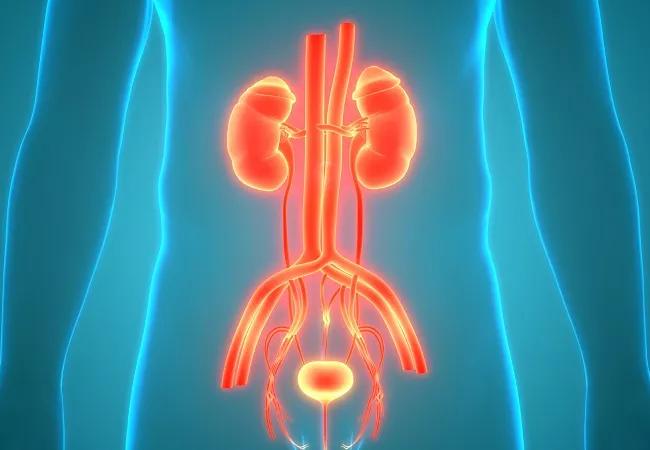A multidisciplinary research team conducted a comprehensive analysis of the cell populations within the human ureter

A multidisciplinary research team co-led by Angela Ting, PhD, Associate Staff in the Genomic Medicine Institute, and Byron Lee, MD, PhD, Joint Staff in the Glickman Urological & Kidney Institute and the Department of Cardiovascular & Metabolic Sciences, has conducted a comprehensive analysis of the cell populations within the human ureter. Published in Developmental Cell, the study findings offer a blueprint for future studies aimed at directing ureter tissue engineering in regenerative medicine.
Advertisement
Cleveland Clinic is a non-profit academic medical center. Advertising on our site helps support our mission. We do not endorse non-Cleveland Clinic products or services. Policy
The ureter is a tube that carries urine from the kidney to the bladder. Ureteral defects and injuries can lead to significant medical issues that severely compromise quality of life, including pain, repeat infections, kidney stones and permanent loss of kidney function.
Tissue engineering, which uses cells and biomaterials to replace or improve damaged biological tissues, presents as a promising approach to ureter repair and reconstruction. However, conventional approaches often use synthetic materials to build an artificial scaffold that mimics the extracellular matrix (the structural framework that cells use to make a specific tissue or organ), which has inherent drawbacks, such as rejection by the body or cells failing to fully integrate with the scaffold.
“Tissue engineering by self-assembly, in which the cells create their own extracellular matrix, offers the most successful strategy for ureter tissue engineering,” said Dr. Ting. “In order to implement such an approach, we must first understand the populations of cells, their signaling networks and their spatial relations within a healthy human ureter.”
Therefore, in this study, the researchers aimed to define and spatially map the cell populations of the healthy ureter. Analyzing healthy tissue samples from ten patients, which together were comprised of over 30,000 cells, they identified three subsets of cell types–immune, stromal (making up connective tissue) and urothelial (lining the inside surface of the urinary tract)–and uncovered a previously underappreciated diversity of cell subtypes. Specifically, they found 16 clusters of immune cells, seven clusters of stromal cells and eight clusters of urothelial cells.
Advertisement
The researchers then further investigated the distinct cell types in the stromal and urothelial cell populations and examined potential communication networks between the cells. Notably, they identified a proliferative stem-like basal urothelial cell population that potentially could have functional roles in response to tissue injury/inflammation as well as four types of fibroblasts (types of stromal cells) with distinct expression profiles that suggest their unique roles in supporting urothelial cell differentiation and growth.
Interestingly, one of the fibroblast subtypes was characterized by a high expression of the gene HAS1, which has a role in the production of hyaluronan, a major component of the extracellular matrix. Since hyaluronan-based biomaterials are a popular and emerging scaffold material in tissue engineering, this fibroblast subtype could be central for the future development of tissue-engineered ureters.
“Altogether, our study offers a comprehensive analysis of the many cell populations within the human ureter, as well as the first spatial transcriptomic analysis of this tissue type,” said Dr. Lee. “This work will provide an important reference for future research into directing the accurate engineering of ureters in regenerative medicine and will aid our fundamental understanding of the normal physiology, transcriptional landscape and signaling networks in the adult ureter, a tissue that has largely been overlooked.”
Emily Fink, PhD, a postdoctoral fellow in Dr. Ting’s lab, and Surbhi Sona, a graduate student in Dr. Ting’s lab, are co-first authors on the study, which was supported in part by the National Cancer Institute.
Advertisement
Advertisement

Findings put into focus the reality of work-related injuries and physician burnout

Meta-analysis assesses outcomes in adolescent age vs. mid-adulthood

Historic collaboration connects two Cleveland Clinic locations, enables real-time sharing of metrics and surgical progress

Retrospective study evaluates clinical upstaging during neoadjuvant treatment

Retrospective study finds acceptable cancer control among most histologic subtypes with intravesical therapy

Revolutionizing pediatric urology with a new, less invasive approach

What updated techniques, counseling and a changing workforce could mean

Applications, outcomes and untapped potential